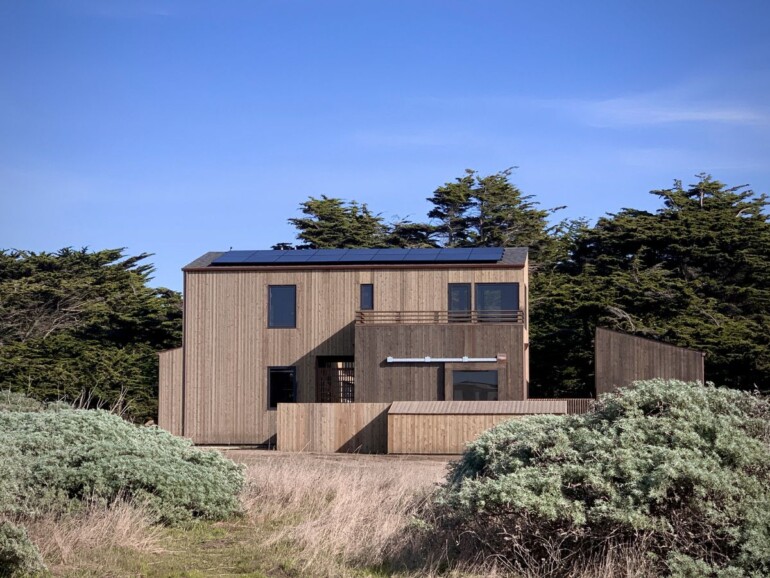Marin’s residents have long embraced sustainability in their homes, including utilizing low-VOC paints and energy-efficient LED lightbulbs. As our understanding of climate change continues to advance however, as well as technology and manufacturing practices, there are now even more ways than ever to reduce our carbon footprint at home. Here, top local architecture, design and landscaping professionals share five trending sustainability features you can incorporate in your own home.
Create a climate-friendly kitchen
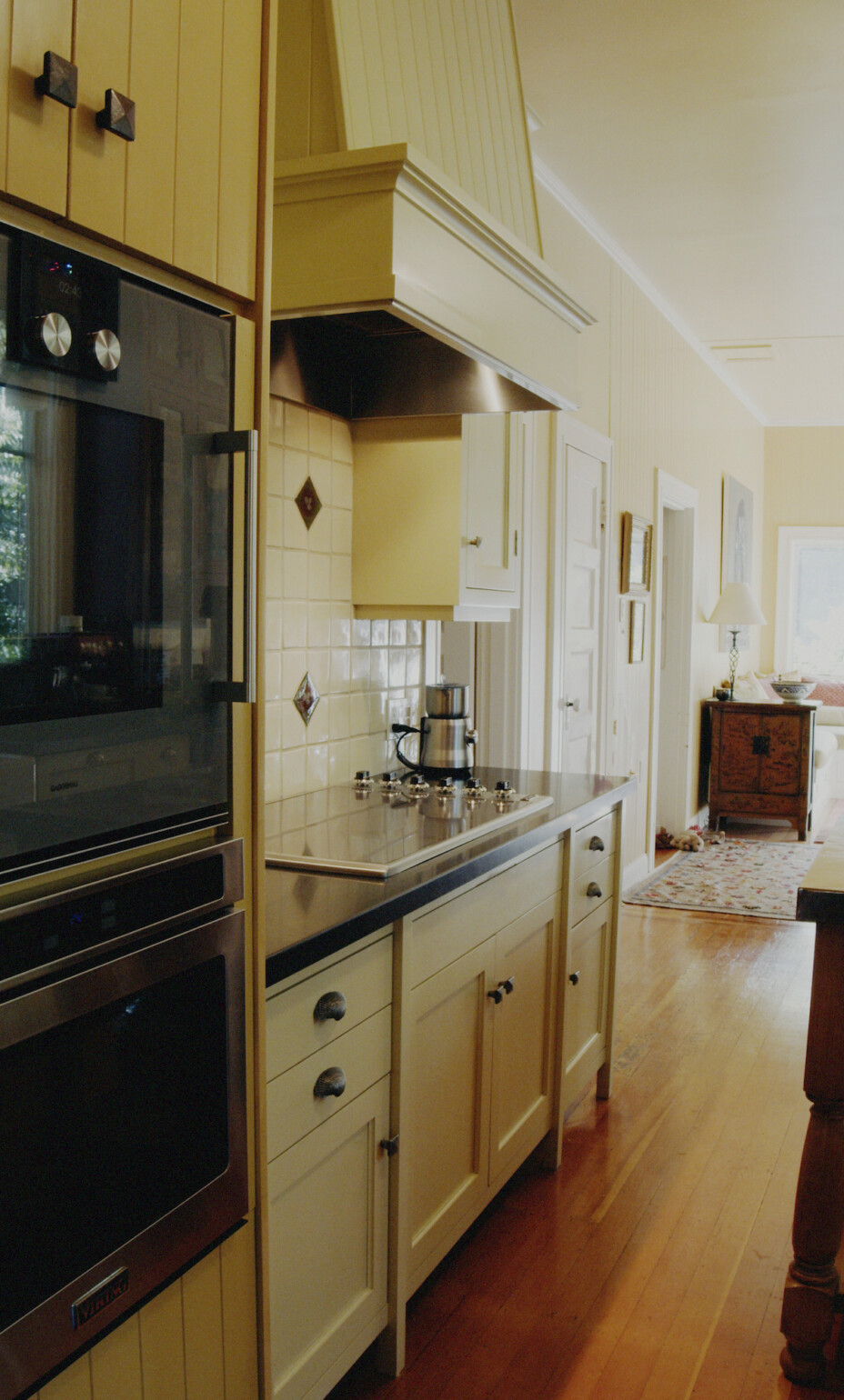
Many of Marin’s residents who are interested in curbing greenhouse gas emissions and reducing the risk of hazardous gas emissions in their homes are making the move from gas ranges to induction cooktops. “Interest is growing in induction cooking,” says Marin kitchen designer Sandra Bird. “We even just took out a gas cooktop in a kitchen we originally designed and replaced it with induction at the client’s request.” Marin residents have yet another motivation to make the switch: Marin County offers rebates through Electrify Marin to residents who want to replace appliances that run on natural gas with high-efficiency electric equivalents, and Marin residents can still take advantage of the Bay Area Regional Energy Network (BayREN) rebate program as well.
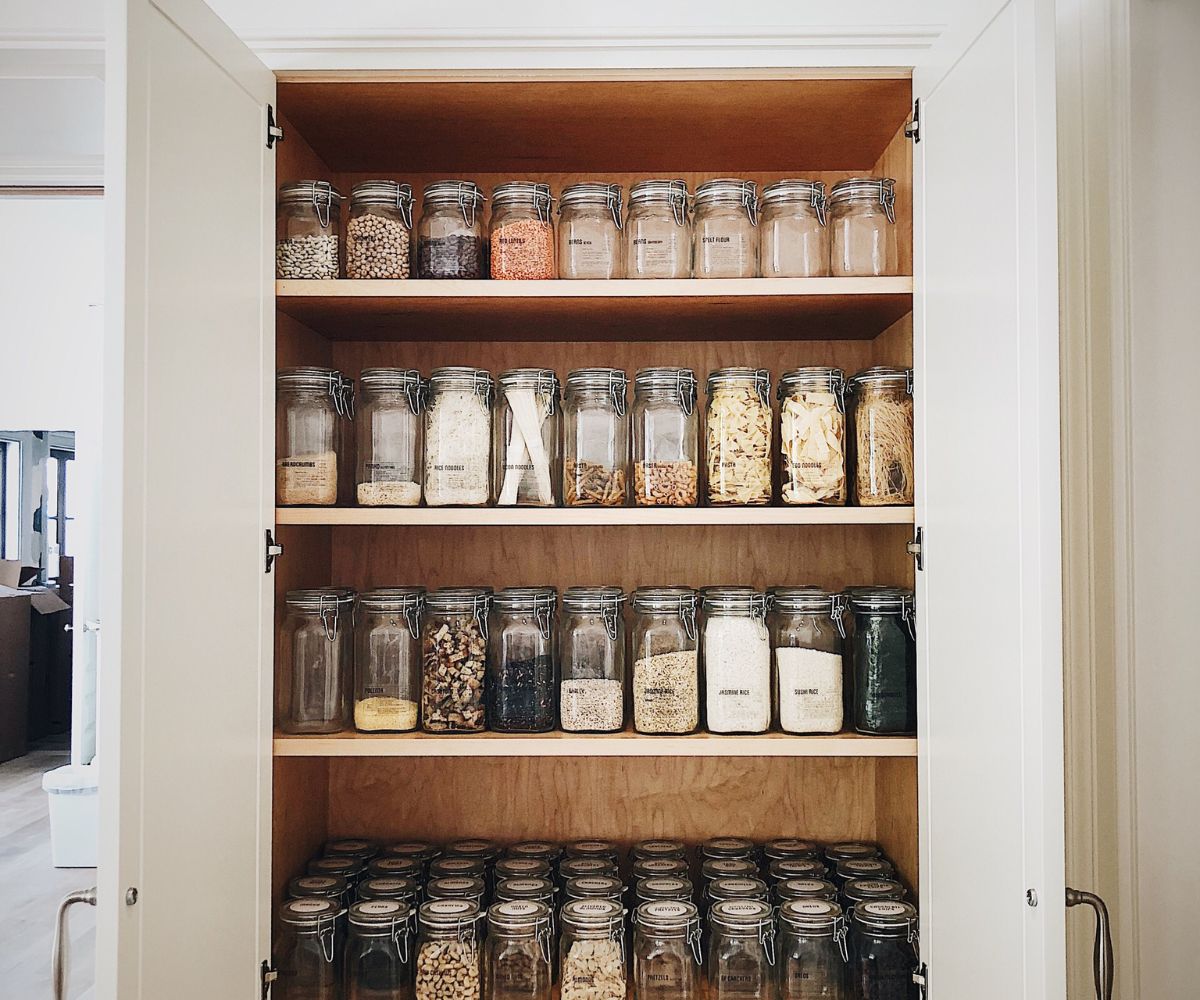
In addition, buying in bulk at the grocery store and storing food in glass pantry jars like those from Blisshaus keeps plastic out of landfills. “Skipping plastic packaging is one of the few pro-planet choices we can make every single day,” says Wiebke Liu, founder of Blisshaus, based in Marin. “Shifting our shopping habits as we reach for our everyday groceries can be fun and empowering for the whole family.”
Choose eco-friendly flooring
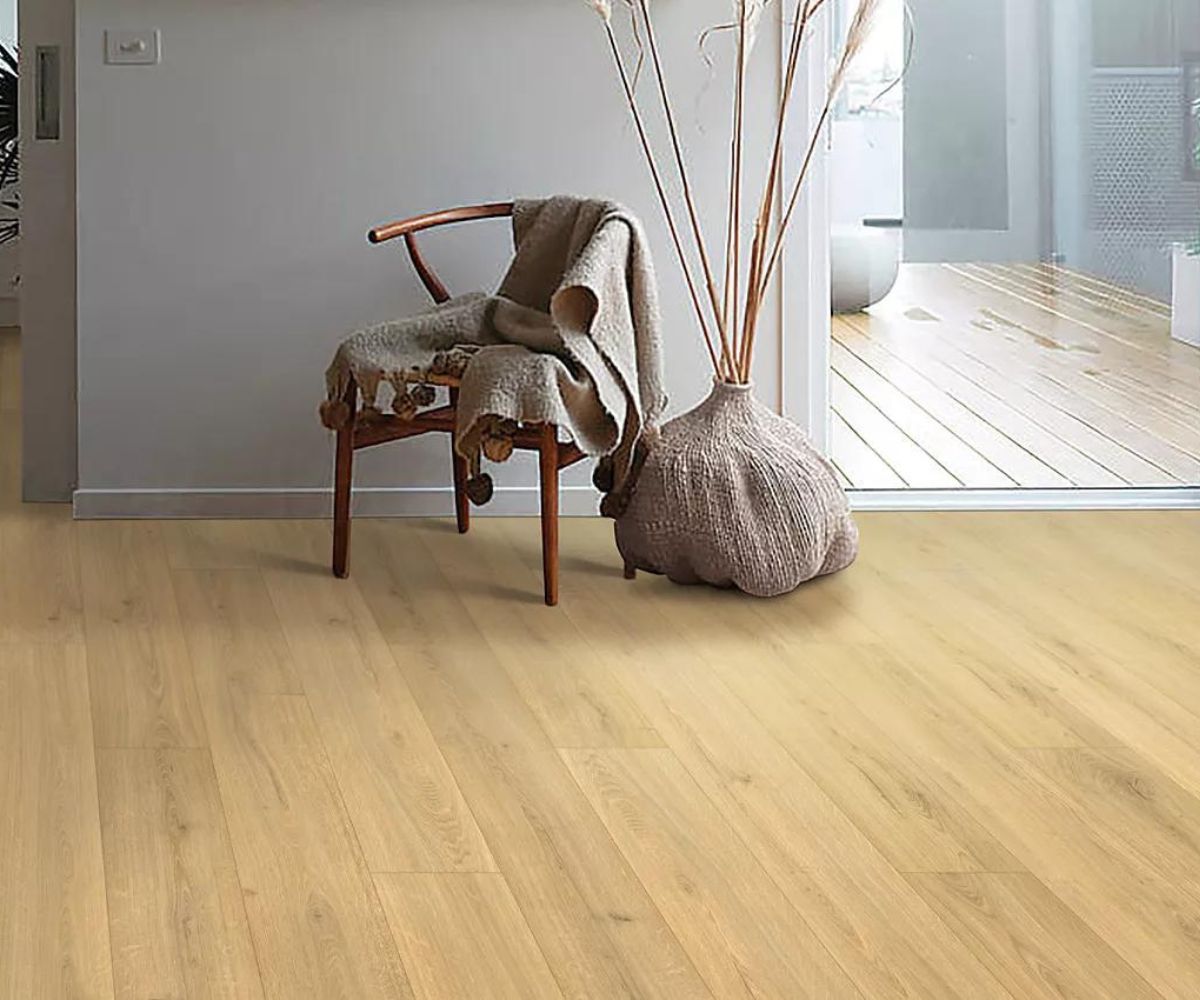
“Customers in Marin have always been interested in sustainable flooring options, more so than clients in other parts of the U.S., according to our nationwide co-op, Carpet One,” says Leigh Bakhtiari, co-owner at City Carpets in San Rafael. Among the trending choices available today: untreated wool carpeting and other natural-fiber rugs, reclaimed hardwoods, true linoleum made from linseed oil, cork, and new waterproof PureTech flooring that is made from 70% recycled material and free of PVC.
Utilize smart home tech
Widely available smart home technology can control heating, cooling and lighting systems by a schedule, and can even be remotely activated from a smartphone or other web-enabled device, lowering energy usage and saving money on utility bills. Programmable thermostats like Google’s Nest Learning Thermostat, for example, can adjust the temperature of a home according to a household’s patterns and preferences, like switching the heater off when you’re on vacation. Likewise, smart lighting systems use motion sensors and timers to ensure that lights are only on when they’re needed. “The ability to program your electrical world through software helps you avoid wasting energy unnecessarily,” says Kimberly Rider, an interior designer based in San Anselmo and author of two books on sustainable living, The Healthy Home Workbook and Organic Baby.
Install a battery energy storage system
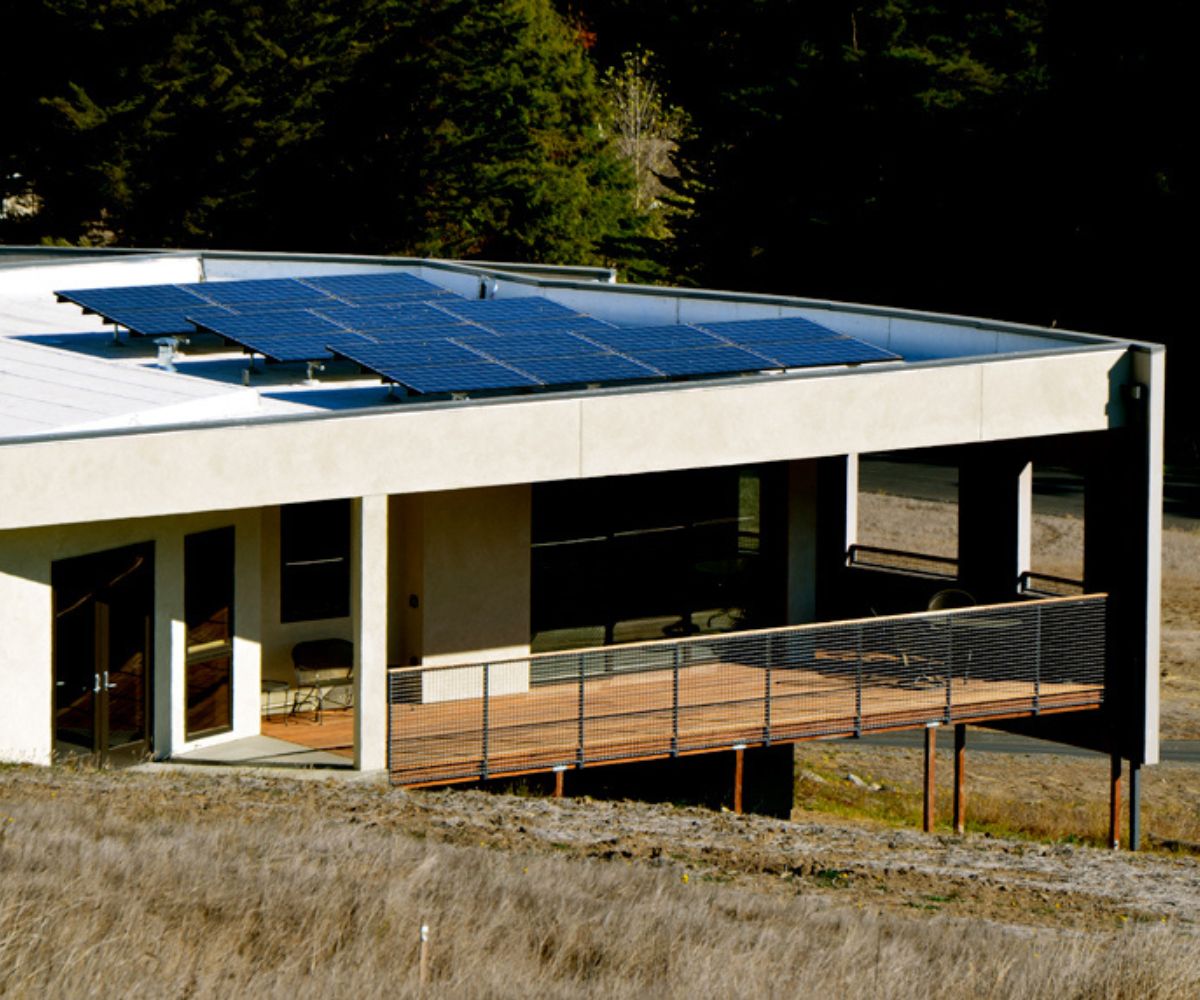
According to a new energy storage dashboard published by the California Energy Commission, California is experiencing a surge in the buildout of battery energy storage systems right now, including residential, commercial and utility-scale battery storage projects. For residential, batteries have two primary benefits: security and sustainability, explains David Marlatt, principal at DNM Architecture. “When there is a power outage, the lights stay on, food doesn’t spoil and the AC works,” he says. “Batteries also deliver a less obvious but important benefit of ‘load leveling’ and reducing stress on the power grid.”
By storing energy in a battery, homeowners can disconnect from the power grid and use their battery storage during peak hours of the day and then recharge the battery overnight when the grid is less stressed, ultimately making the power grid more efficient when practiced on a macro scale. “It also saves the homeowner money because electricity used during peak hours costs more than the electricity used overnight,” Marlatt says. Another option is to attach the battery to solar panels so it can be charged during the day.
Plant a habitat garden

Low-water landscaping has long been a priority for residents of drought-prone Marin County, but Vanessa Lemaire-Workman, owner of Foliava Garden Design in Mill Valley, is finding many clients want to go a step further by planting wildlife-friendly “habitat gardens.” “People are resisting the temptation of pretty ornamental exotic plants and are instead going for natives and analog plants that are adapted to our soils and microclimates and have nutritional value for our pollinators, butterflies and birds,” she says. Coast live oak, valley oak, coffeeberry, manzanitas and California lilac are among the California natives Lemaire-Workman incorporates into her projects for a four-season habitat garden.

Lotus Abrams has covered everything from beauty to business to tech in her editorial career, but it might be writing about her native Bay Area that inspires her most. She lives with her husband and two daughters in the San Francisco Peninsula, where they enjoy spending time outdoors at the area’s many open spaces protected and preserved by her favorite local nonprofit, the Peninsula Open Space Trust.

